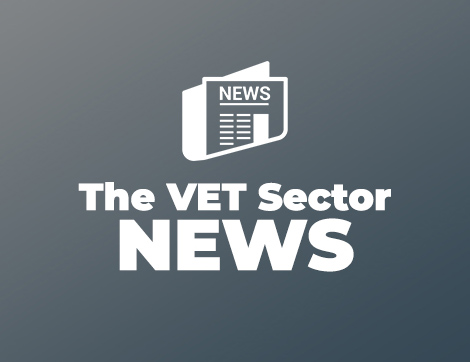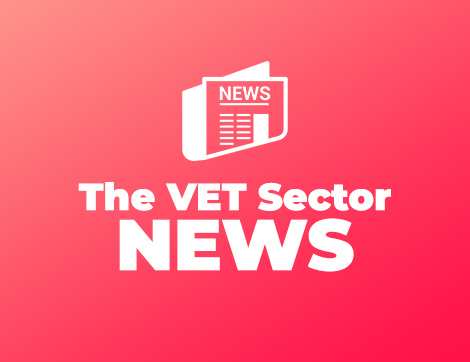“Where London leads; I have no doubt the rest of the country will follow,” was the message from Chris Skidmore, former minister of state for universities, speaking to representatives from 25 of London’s higher education institutions at a roundtable event in Westminster this week.
The event, organised by London Higher and Oxford International Education Group, included insight from IDP Connect and Nous Group and signalled the start of a renewed effort from stakeholders in the English capital to re-establish “brand London” in the face of strong global competition from the US, Australia, Canada and New Zealand.
Skidmore, speaking via video link from Brussels as part of a UK Parliamentary Partnership Assembly, warned against the UK standing still in setting new international recruitment targets.
“Last year, the Department published an update to the international education strategy, reaffirming a commitment to reaching the milestones mentioned; yet it lacked any new ambitions or policy innovations,” he said.
The UK national target of 600,000 international students attending British universities (and generating an annual education export market of £35 billion) was reached 10 years ahead of schedule, due, in part, to the reinstated policy lever of a post-study work visa in 2021, but also due to border closures and travel disruption for competitor destinations during the pandemic.
For more information, please click here.





